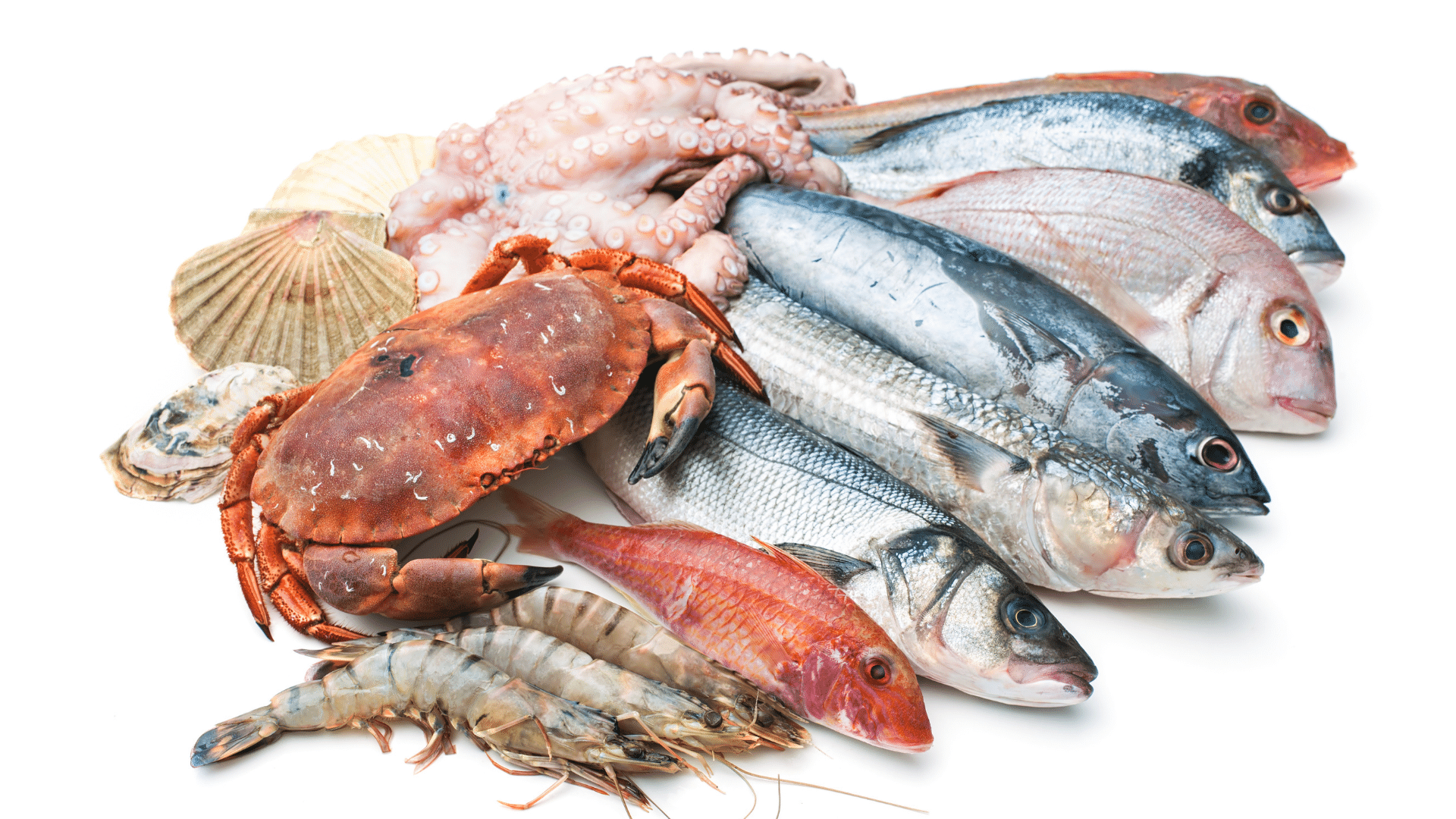Are you ready for a puzzle? They clean the water, preserve the beaches, and replenish the ocean’s fish population. They also grow without feed or fertilizer, store carbon, and their waste may be reused. They can also be found on your plate. Can you figure out what they are? If not, brace yourself for a story about some magnificent shellfish. This oyster, along with mussels, scallops, and clams, are bivalves, which are sea organisms with two attached shells. Their age is estimated to be around 500 million years old, predating the dinosaurs, and they can be found all over the world, from the Arctic to the Antarctic to the Equator.
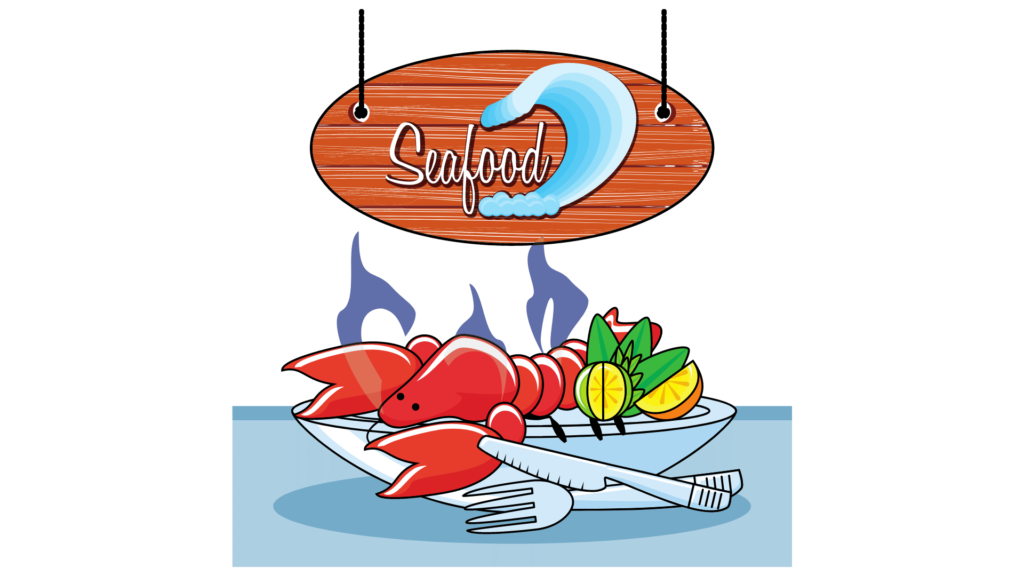
They begin as little specks floating across the sea. To grow, oysters and mussels attach themselves to an underwater surface, whereas clams burrow themselves into the sand. They lack a head, organs, and water-filtering gills. They also come in a variety of forms and sizes. They used to be so plentiful that they were distributed as free bar snacks, but overfishing caused population declines. “Around 85 percent of the world’s shellfish reefs have gone.” Heidi Alleway earned her doctorate in the history of oysters and mussels. “We’ve got this severe loss of a highly productive habitat in so many places, and people had no idea.” The more we discover how important they are to ecosystems, the more catastrophic their extinction becomes. They accomplish astonishing feats while floating in the sea.
Because most bivalves are filter feeders, they constantly clean wherever they develop. “They filter water and capture particulates in that water.”So eat those particles.” Sergei Katsev investigated the role of mussels in the Great Lakes environment in the United States. If you imagine a mussel sitting at the bottom of a lake, perhaps 200 meters deep, and a water column 200 meters above it, that mussel can cycle that column of water in a couple of hours. ” They consume whatever particles are required for growth and excrete the remainder in a form that bacteria on the bottom may degrade.
They filter phosphorus and nitrogen on the left, which are essential for plant and animal growth. These compounds are abundant in agricultural runoff from fertilizers and, at high concentrations, can trigger harmful algal blooms. Bivalves also filter substances other than chemicals. Pilot projects use them to clear lakes and oceans of microplastics, which are small plastic particles that are difficult to identify and collect.
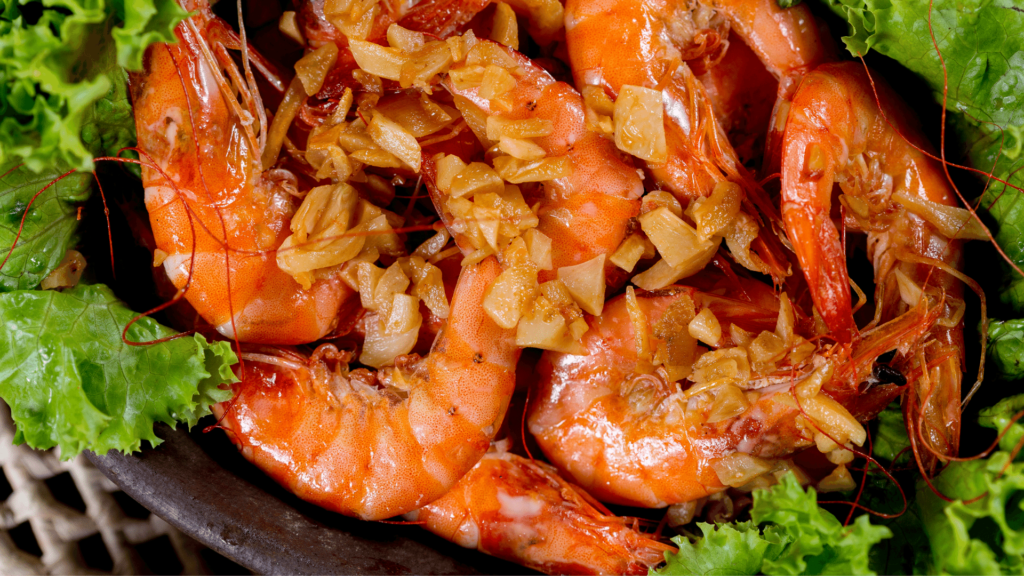
Small particles are absorbed by the bivalves, whereas larger particles are expelled in feces, which can subsequently be removed from the water. So, while we can employ these animals to clean up dirty water, they have the potential to disrupt the entire ecosystem in a closed habitat. That’s what the Great Lakes researchers discovered. The mussels aren’t native to this location and have done an excellent job of removing nutrients from the water.
It was quite a revelation to discover that mussels living at the lake’s bottom have such a huge impact on the biology of the entire lake. It’s a different story out in the broad sea. Mussels and oysters can develop reefs that can support entire ecosystems here. “Over time, these structures become bigger and bigger, and they are incredibly intricate,” oysters are particularly good at. Katie Mosher is a member of the Billion Oyster Project, which aims to restore one billion oysters to New York Harbor by 2035. Ocean plants connect to oyster reefs as they expand, attracting little fish and other species. “They serve as a nursery and a feeding ground for various creatures.” As a result, hundreds of other species, including fish, crabs, and tiny benthic animals, will find their home on an oyster reef. Other larger animals can also be found on these reefs. A study of mussel reefs in New Zealand discovered ten times as many fish nearby, and seahorses had returned to the oyster reefs in New York Harbor.
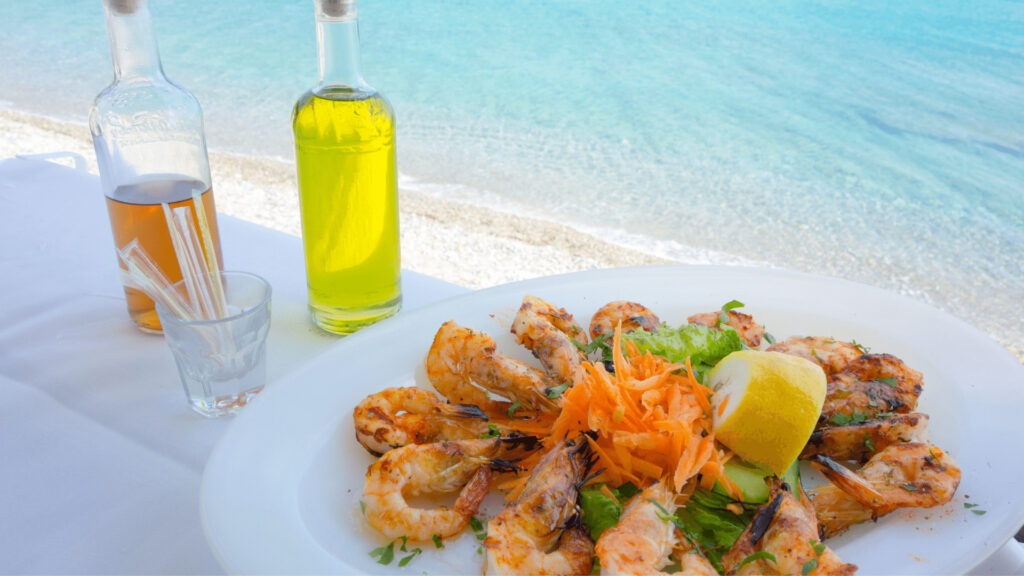
Their advantages go beyond the structures themselves. “Those oyster reefs are maintaining the integrity of the larger ecosystem.” When a large wave comes in from the ocean and meets an oyster reef, some of the energy is broken up and lost, resulting in less harmful waves passing through that reef. This safeguards vulnerable coastal ecosystems along the shore, such as seagrass, which serve as nurseries for ocean species and carbon sinks. Reduced wave energy causes less coastal erosion. Farms can also provide ecosystem advantages if they are maintained responsibly. “The presence of mussels in every environment is extremely advantageous.” Bokamoso Lebepe works with South African mussel farmers to make their operations as sustainable as feasible. “These sustainable fishing tactics are important because seagrasses serve as nurseries for ocean species as well as carbon sinks.” Reduced wave energy causes less coastal erosion.
Furthermore, these environmental advantages can be obtained if farms are maintained sustainably. “Having mussels in any environment is tremendously advantageous,” says Bokamoso Lebepe, who works with South African mussel farmers to ensure their businesses are as sustainable as possible. These sustainable fishing practices, for example, aim to reduce interactions and effects with endangered, threatened, and protected species.” Mussels are hanged from ropes floating in the water in order to trap animals. However, when the ropes are correctly attached, this rarely occurs.
We also attempt to ensure that the mussel farms do not have a significant impact on the benthic environments over which they operate. Because bay feces from the mussels may cover the ocean floor in a closed area like this, platforms are rotated to ensure they do not overwhelm ecosystems. Bivalve farms do not require feed or antibiotics because they acquire everything they need from the water. The carbon footprint of rope-grown mussels is 0.25 kg per kilo.
In comparison, beef costs about 100 kilograms per kilo. Bivalves are depurated after being extracted from the water; they are placed in clean water to eliminate harmful impurities to human health. Microplastics are more difficult to remove. Even if you don’t eat shellfish, you could be consuming one credit card’s worth of microplastics per week.
Furthermore, unlike other food production systems, mussels and oysters may be reused repeatedly. “The farmers we’re dealing with currently are working with a third-party operator that uses the leftover shells to generate organic compost.” Shells sequester carbon as a construction material. It is drawn from the water by bivalves and used to grow their shells. When crushed, the shells can be used in place of limestone in concrete. The finest application for the shells, though, is the most basic.
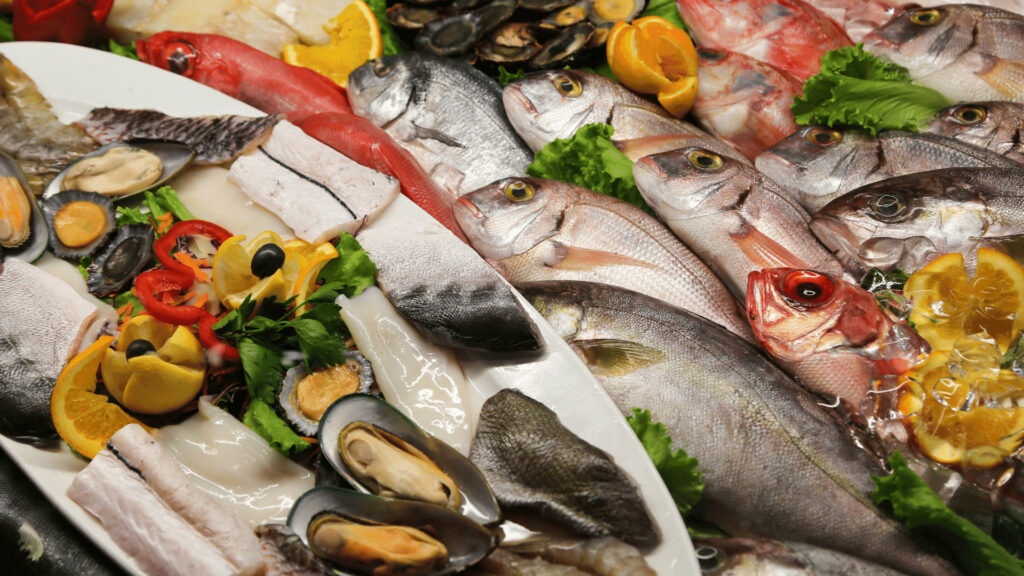
Increasing the number of bivalves! Old shells are frequently reused in farming, but they can also be employed in restoration initiatives where they are left in the water rather than consumed. These initiatives are sprouting up worldwide, from Australia to New York. Here is where the oyster shines. Every year, we collect oyster shells from restaurants in New York Harbor. So far, we’ve collected about two million pounds of shell. The shells are cleaned before being placed in cages. “These oyster cages are placed in shipping containers that have been turned into a method of placing oyster larvae onto shells. Fill the container with water from the harbor. After that, there are larvae, and after a week, there are baby oysters. The cages are then transferred to the harbor. As the oyster reef expands, it creates an environment that benefits people on land.
“Through restoration, we can expect a tonne of fish every hectare of oyster reefs to be added to the maritime ecosystem.” While more bivalves generally indicate cleaner waters, the positive impact of mussels and oysters can be doubled by reusing their shells. Furthermore, oysters are the most powerful of all. Filtration, shelter, protection, and restoration Furthermore, they are, in my opinion, the most delicious. We should do everything possible to increase the number of them in our waterways. I enjoy doing these films since you always learn something new. For example, I learned how to shuck an oyster today. And where I come from, we soak our oysters in vodka. If you enjoyed this video, please subscribe; we have new ones every Friday. “Cheers! “

